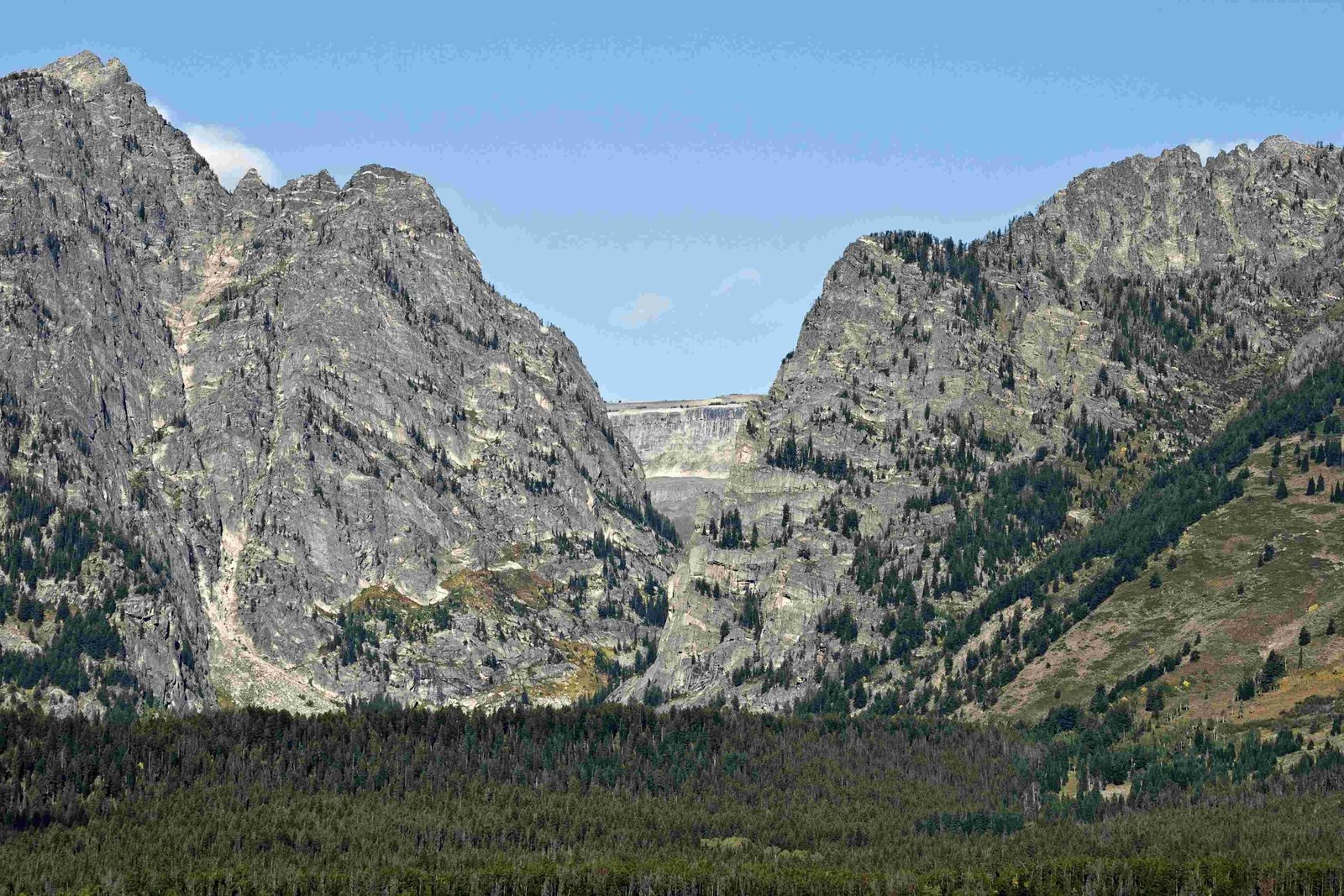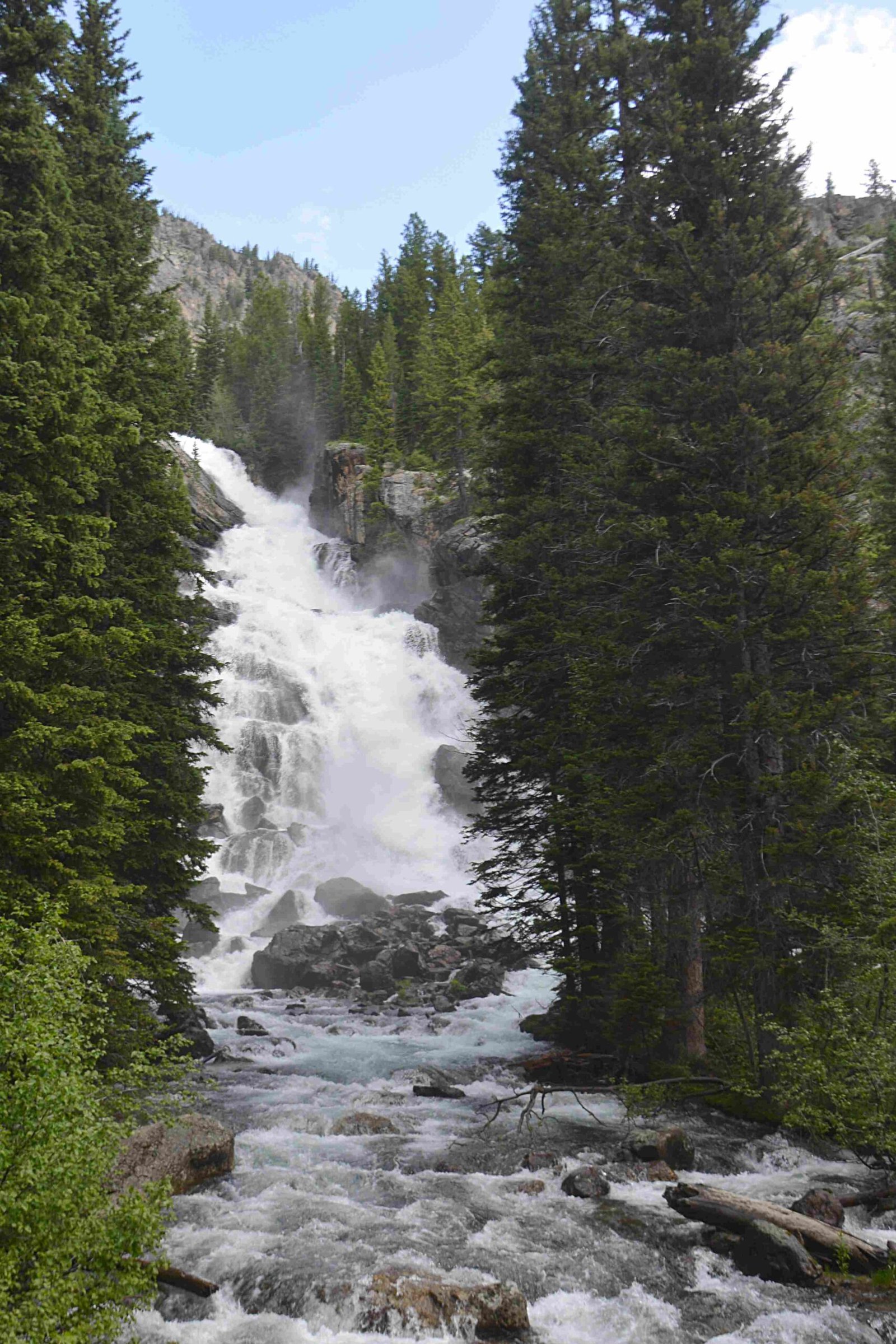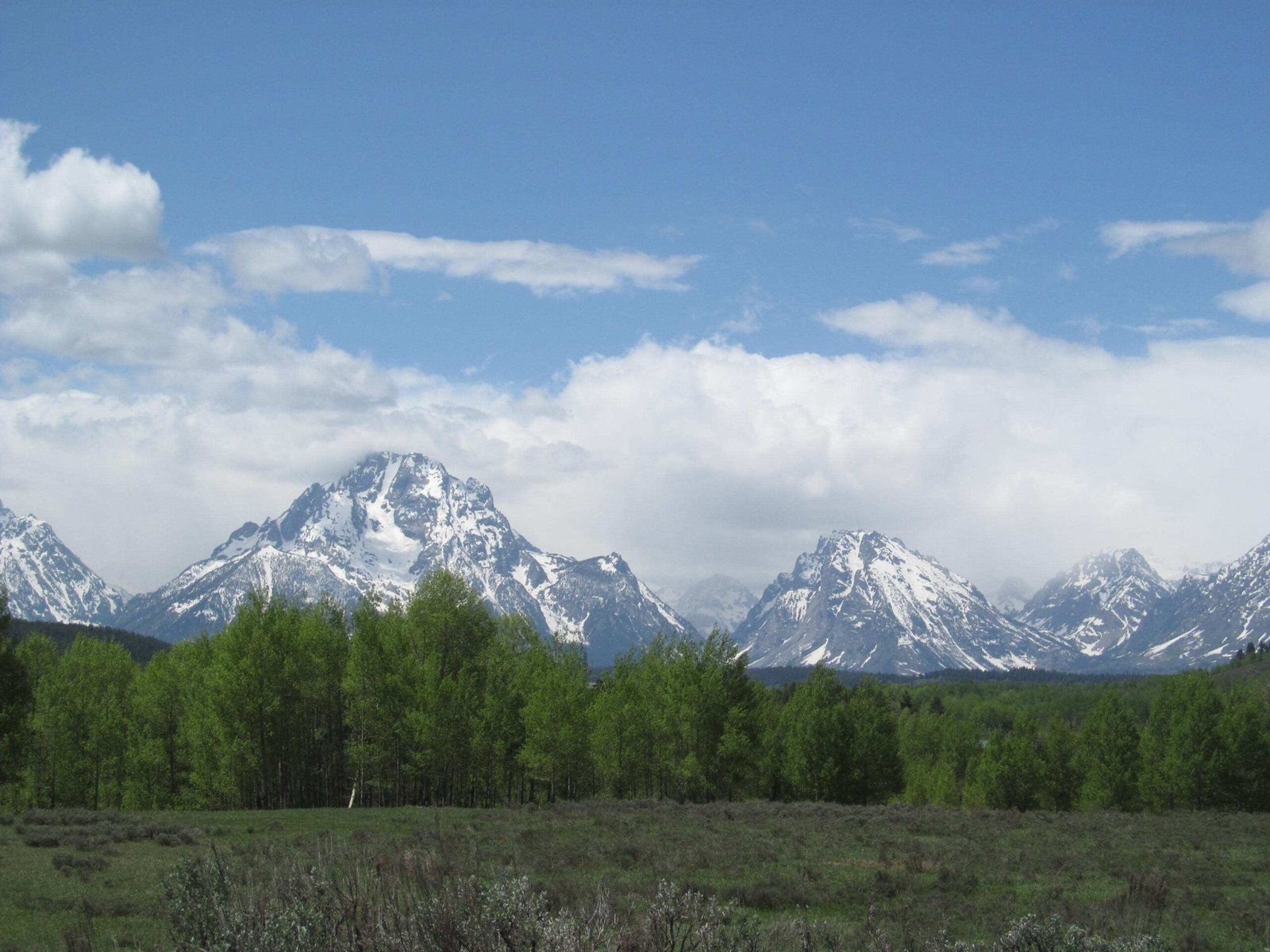Jackson Lake in Grand Teton National Park offers a stunning backdrop for wildflower enthusiasts, with sunflowers and diverse botanical species painting the landscape in vibrant hues. Nestled in the heart of Wyoming’s breathtaking mountain terrain, this location provides photographers and nature lovers a unique opportunity to explore the delicate ecosystem where alpine meadows meet pristine lake waters, creating a canvas of natural beauty that changes with seasonal rhythms.
What Makes Jackson Lake Unique for Sunflower Viewing?

Jackson Lake represents more than just a picturesque water body in Grand Teton National Park. Its diverse ecological zones create microenvironments where various sunflower species thrive, offering visitors an extraordinary botanical experience.
Where Can Visitors Find Sunflowers?
Sunflower locations around Jackson Lake include:
- Colter Bay Village Area:
- Elevation range: 6,800-7,000 feet
- Sunflower species: Helianthella uniflora (One-flower sunflower)
-
Best viewing periods: Mid-July to early August
-
Gros Ventre Road Vicinity:
- Sage flats with scattered sunflower populations
- Accessible photography points
- Recommended for wide-angle landscape shots
What Sunflower Species Exist?
| Species | Height | Bloom Period | Habitat |
|---|---|---|---|
| Helianthella uniflora | 2-3 feet | July-August | Sage flats, open meadows |
| Alpine Sunflower | 6-12 inches | Late June-July | Higher elevation zones |
| Mountain Sunflower | 1-2 feet | Mid-July | Woodland edges |
How to Maximize Sunflower Viewing Experience?

Successful sunflower exploration requires strategic planning:
- Timing Considerations
- Peak bloom: Late June to early August
- Early morning or late afternoon provide optimal lighting
-
Avoid midday harsh sunlight
-
Photography Equipment
- Wide-angle lens for landscape shots
- Macro lens for detailed flower photography
- Tripod for stable images
-
Polarizing filter to enhance color saturation
-
Practical Preparation
- Bring water and sun protection
- Wear comfortable hiking shoes
- Carry park map and wildlife safety guidelines
- Check current park conditions before visiting
What Environmental Factors Influence Sunflower Growth?
Jackson Lake’s unique ecosystem supports sunflower growth through:
- Moderate summer temperatures
- Well-drained soil conditions
- Adequate moisture from nearby water sources
- Protection from extreme wind patterns
- Minimal human interference
Ecological Significance
Sunflowers in this region play crucial roles:
– Providing nectar for pollinators
– Supporting local insect biodiversity
– Contributing to soil stabilization
– Indicating environmental health
What Photography Tips Enhance Sunflower Captures?
Professional photographers recommend:
– Use golden hour lighting (sunrise/sunset)
– Include landscape elements for context
– Experiment with depth of field
– Capture surrounding mountain ranges
– Focus on unique flower characteristics
Technical Recommendations
- Camera settings:
- Aperture: f/8 to f/11
- ISO: 100-400
- Shutter speed: 1/125 to 1/250
Conservation and Respect
Visitors must:
– Stay on designated trails
– Avoid picking flowers
– Practice “Leave No Trace” principles
– Respect wildlife habitats
Permit and Access Information
- Park entrance fee required
- Seasonal accessibility
- Ranger station for current conditions
- Limited parking at specific locations
Final Observations
Jackson Lake’s sunflower landscapes offer more than visual beauty—they represent a complex, interconnected ecosystem that rewards patient, respectful exploration.
Recommended Exploration Time
- Best months: July-August
- Ideal duration: 3-5 hours
- Recommended visit frequency: Early morning or late afternoon
References:
– National Park Service – Grand Teton
– Wyoming Tourism Board
– Grand Teton Wildflower Guide

